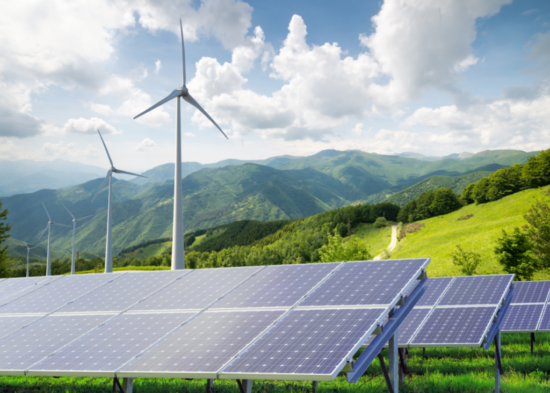Bridgestone expands renewable energy use at domestic tyre plants
 Renewable energy will account for 42% of the power used in Bridgestone’s Japanese tyre plants; the figure for Europe is already 100% (Photo: Bridgestone)
Renewable energy will account for 42% of the power used in Bridgestone’s Japanese tyre plants; the figure for Europe is already 100% (Photo: Bridgestone)
Bridgestone Corporation has taken a significant step towards powering its tyre manufacturing facilities in Japan with electricity from renewable sources. Third-party sourced electricity used within the Hikone, Tosu, Shimonoseki, and Kitakyushu plants now comes from hydro, geothermal, solar and wind energy.
Hikone was the first plant to adopt renewable energy, on 1 June 2021, and the other three plants made the change on 1 July. Bridgestone expects the switch to renewable energy to reduce its domestic tyre plants’ annual CO2 emissions by approximately 11 per cent. Combined with initiatives implemented by 2020, CO2 total emissions will decrease by approximately 30 per cent.
Electricity generated through in-house cogeneration systems is not included in the recent change to renewable sources. Bridgestone plans to purchase power solely from renewable sources whenever these cogeneration systems deliver insufficient power levels.
42% in Japan, 100% in Europe
The ratio of renewable electricity at Bridgestone’s tyre plants in Japan will increase to approximately 42 per cent. The company will continue to cut CO2 emissions by expanding renewable energy use, making its tyre production more energy-efficient, and installing solar power generation systems in all domestic tyre factories by the end of 2030.
Bridgestone announced in March that 100 per cent of electricity consumed at its sites in Europe comes from renewable sources. This includes all European tyre plants, the European R&D Centre and Proving Ground in Rome, Italy, pre-cured retreading materials plant in Lanklaar, Belgium, textile plant in Usansolo, Spain, and the Bridgestone EMIA headquarters in Brussels, Belgium.

 Bridgestone
Bridgestone Micheldever Tyre Services
Micheldever Tyre Services

Comments